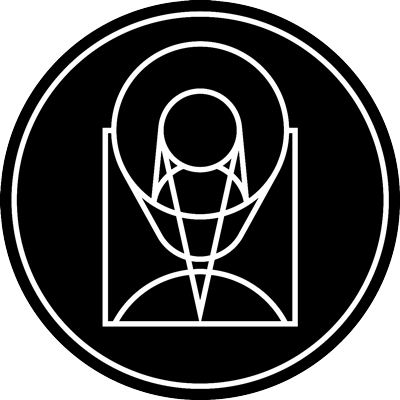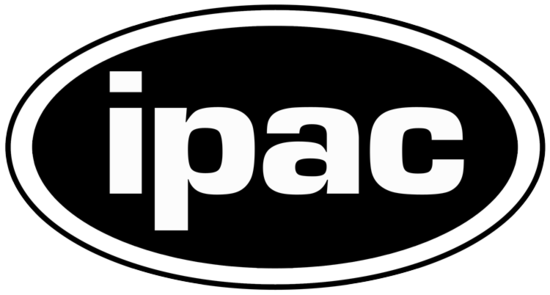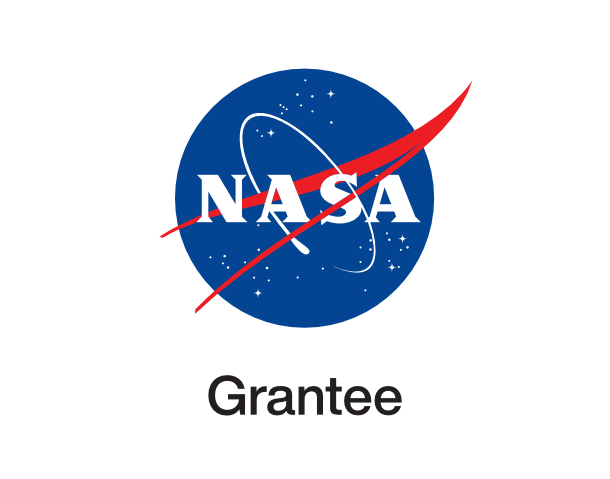Globular Cluster M80: A Swarm of Ancient Stars in the Milky Way

stsci_1999-26a July 1st, 1999
Credit: The Hubble Heritage Team (AURA/STScI/NASA/ESA)
This stellar swarm is M80 (NGC 6093), one of the densest of the 147 known globular star clusters in the Milky Way galaxy. Located about 28,000 light-years from Earth, M80 contains hundreds of thousands of stars, all held together by their mutual gravitational attraction. Globular clusters are particularly useful for studying stellar evolution, since all of the stars in the cluster have the same age (about 15 billion years), but cover a range of stellar masses. Every star visible in this image is either more highly evolved than, or in a few rare cases more massive than, our own Sun. Especially obvious are the bright red giants, which are stars similar to the Sun in mass that are nearing the ends of their lives. By analyzing the Wide Field and Planetary Camera 2 (WFPC2) images, including images taken through an ultraviolet filter, astronomers have found a large population of "blue stragglers" in the core of the cluster. These stars appear to be unusually young and more massive than the other stars in a globular cluster. However, stellar collisions can occur in dense stellar regions like the core of M80 and, in some cases, the collisions can result in the merger of two stars. This produces an unusually massive single star, which mimics a normal, young star. M80 was previously unknown to contain blue stragglers, but is now known to contain more than twice as many as any other globular cluster surveyed with NASA's Hubble Space Telescope (HST). Based on the number of blue stragglers, the stellar collision rate in the core of M80 appears to be exceptionally high. M80 is also unusual because it was the site of a nova explosion in the year 1860. Nova outbursts occur when a close companion star transfers fresh hydrogen fuel to a burned-out white dwarf. Eventually the hydrogen ignites a thermonuclear explosion on the surface of the white dwarf, giving rise to the nova outburst. The ultraviolet Hubble observations have revealed the hot,
Provider: Space Telescope Science Institute
Image Source: https://hubblesite.org/contents/news-releases/1999/news-1999-26
Curator: STScI, Baltimore, MD, USA
Image Use Policy: http://hubblesite.org/copyright/

- ID
- 1999-26a
- Subject Category
- B.3.6.4.2
- Subject Name
- M80, NGC 6093
- Credits
- The Hubble Heritage Team (AURA/STScI/NASA/ESA)
- Release Date
- 1999-07-01T00:00:00
- Lightyears
- 28
- Redshift
- 000
- Reference Url
- https://hubblesite.org/contents/news-releases/1999/news-1999-26
- Type
- Observation
- Image Quality
- Good
- Distance Notes
- Distance in lightyears
- Facility
- Hubble, Hubble, Hubble, Hubble
- Instrument
- WFPC2, WFPC2, WFPC2, WFPC2
- Color Assignment
- Band
- Ultraviolet, Optical, Optical, Optical
- Bandpass
- U, V, B, R
- Central Wavelength
- 446, 439, 555, 675
- Start Time
- Integration Time
- Dataset ID
- Notes
- Coordinate Frame
- ICRS
- Equinox
- 2000.0
- Reference Value
- 244.24692344556, -22.97448274500
- Reference Dimension
- 1777.00, 1864.00
- Reference Pixel
- 1187.29195586059, 575.61656664035
- Scale
- -0.00002765582, 0.00002765582
- Rotation
- -55.26076283429
- Coordinate System Projection:
- TAN
- Quality
- Full
- FITS Header
- Notes
- World Coordinate System resolved using PinpointWCS 0.9.2 revision 218+ by the Chandra X-ray Center FITS X FITS Y EPO X EPO Y 522.79 1145.10 813.17 873.07 514.62 1128.32 823.37 856.50 609.25 959.98 1018.37 838.66 845.19 1064.14 1063.24 1091.75 898.11 1021.21 1131.05 1114.41 858.78 1281.27 895.67 1228.29 719.16 1340.97 765.16 1146.70 Center Pixel Coordinates: 888.50 244.26083666465 932.00 -22.97566855112
- Creator (Curator)
- STScI
- URL
- http://hubblesite.org
- Name
- Space Telescope Science Institute Office of Public Outreach
- outreach@stsci.edu
- Telephone
- 410-338-4444
- Address
- 3700 San Martin Drive
- City
- Baltimore
- State/Province
- MD
- Postal Code
- 21218
- Country
- USA
- Rights
- http://hubblesite.org/copyright/
- Publisher
- STScI
- Publisher ID
- stsci
- Resource ID
- STSCI-H-p9926a-f-1777x1864.tif
- Resource URL
- https://mast.stsci.edu/api/latest/Download/file?uri=mast:OPO/product/STSCI-H-p9926a-f-1777x1864.tif
- Related Resources
- http://hubblesite.org/newscenter/archive/releases/1999/26
- Metadata Date
- 2022-07-06T00:00:00
- Metadata Version
- 1.2
Detailed color mapping information coming soon...











